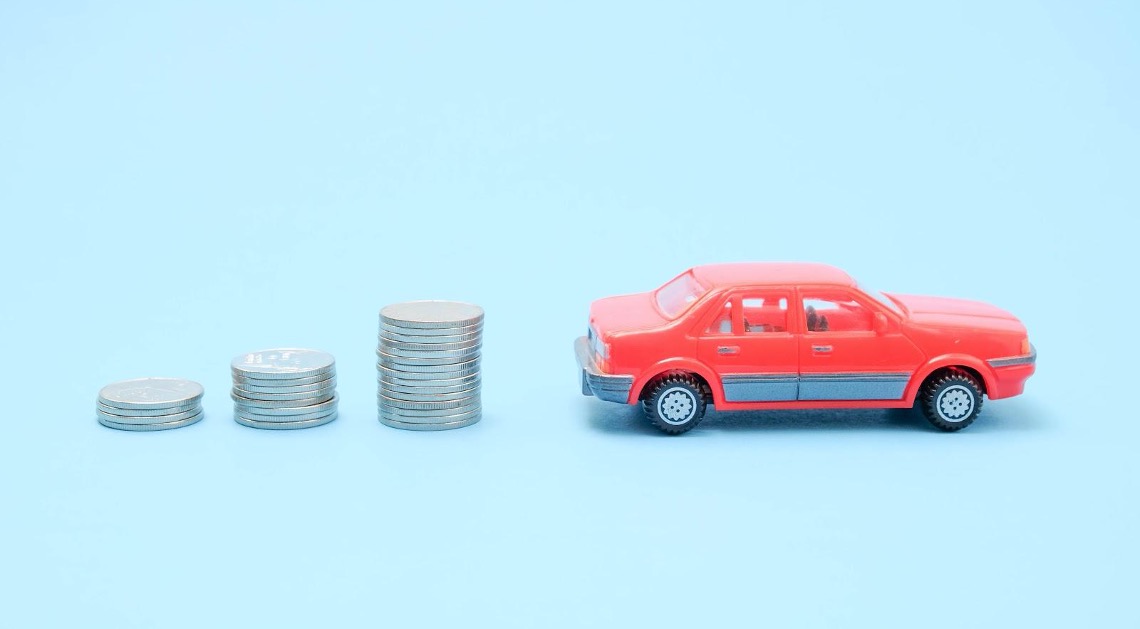The Benefits of Using a Motor Vehicle Log Book
When claiming for work-related car expenses, many taxpayers miss out on a bigger tax refund, just by failing to maintain a Motor Vehicle Log Book.
If you’re reading this you probably know that if you use your car for work-related trips, even if you haven’t been provided a car by your employer, you can claim for car-related expenses when you fill in your tax return. However, you may not know that if you use your car, van or motorbike a lot for work purposes, then you generally get a bigger tax refund by using the logbook method as opposed to logging mileage. Already thinking about what you’d spend the money on? Keep reading!…

How does it work?
Here’s the thing that puts some people off — You will need to record every, single, trip, you make in your car including both business and personal for 12 consecutive weeks. This seems like a long time but there are apps to help make it quicker and easier (we’ll get on to that later). The end reward will hopefully make the process pay for itself many times over.
The logbook is then used to find out the ‘business-use percentage’ of your vehicle which is the percentage of kilometres that you spend travelling in your vehicle for work-related journeys, this is also the percentage, out of all of your vehicle expenses during the year that you’re entitled to claim for on your tax return.
Why can’t I just log my mileage?
Keeping a logbook allows you to claim for all car expenses including but not limited to fuel, oil, maintenance, and even depreciation. Logging mileage only allows you to claim for up to 5,000 business kilometres per year at a set rate per kilometre (currently 72 cents). This means you miss out on claiming for other expenses related to your car, and we all know these add up.
What exactly do I need to record?
Log books are sold by many online retailers as well as local stationers. Although if you’re keen to keep it digital, there are a number of Australian Taxation Office (ATO) compliant apps around that will automate the logging process. This includes ATO’s own app, MyDeductions which allows you to log your trips, amongst other things like saving receipts and logging frequent trips, meaning you don’t have to write down every time you go to the office, school, etc.
As well as maintaining a record in your logbook, you also need to keep:
- Receipts for your fuel and oil use or estimates taken from your odometer readings. You are able to take photos of these and save them to a folder or an app if you’re using one.
- Evidence of all other car expenses.
How do I fill in my logbook or app?
The logbook must include the following details for each journey:
- The date
- Start and finish time
- Odometer readings for the start and finish
- Total kilometres travelled
- Reason for travel
- Business-use percentage (see below)
You will need to record every trip you take, not just work trips. Before you start logging, if you know you have time off work or a personal trip away planned, start your log book after this time as it won’t give a true representation of the amount of journeys you take for work!
Still thinking that 12 weeks will feel like a long time? Please don’t let it put you off! Once you’ve completed the log book method once, you don’t need to do it again for another 5 years. Once you have the process nailed, it should only take 30 seconds or so to record each journey — enough time for that song to finish on the radio!
How to work out how much you should be owed?
It’s as easy as this…
- Keep a logbook for 12 weeks (make sure they’re consecutive)
- Work out your business-use percentage by dividing the number of kilometres travelled for business purposes by your total kilometres and multiply by 100
- Add up all of your car expenses for the income year
- Multiply the total of your car expenses by your business-use percentage
Here’s an idea of the kind of tax refund you could be eligible for. This is just an example but helps to illustrate how the method works and what the end benefit could be.
If, for example, at the end of your financial year, your logbook shows a total of:
16,000 km travelled total with 8,000 km used for business journeys, equalling 50% of travel used for work-related purposes. You’ll have saved all your receipts for car expenses, which amount to $9000 for the financial year, including fuel, repairs, even new wiper blades etc — now you can work out how much to claim as a deduction with the following calculation:
$9000 x 50% = $4,500 eligible for a tax refund.
With numbers like that the benefits speak for themselves! Even if your expenses aren’t that high, it’s worth it for the relatively small amount of effort keeping a log book requires.
Hopefully this blog has given a bit of insight into the benefits of using a motor vehicle log book. If you are considering keeping one this financial year please contact us for further advice. Our approachable staff will be happy to tailor a solution to meet your needs!
